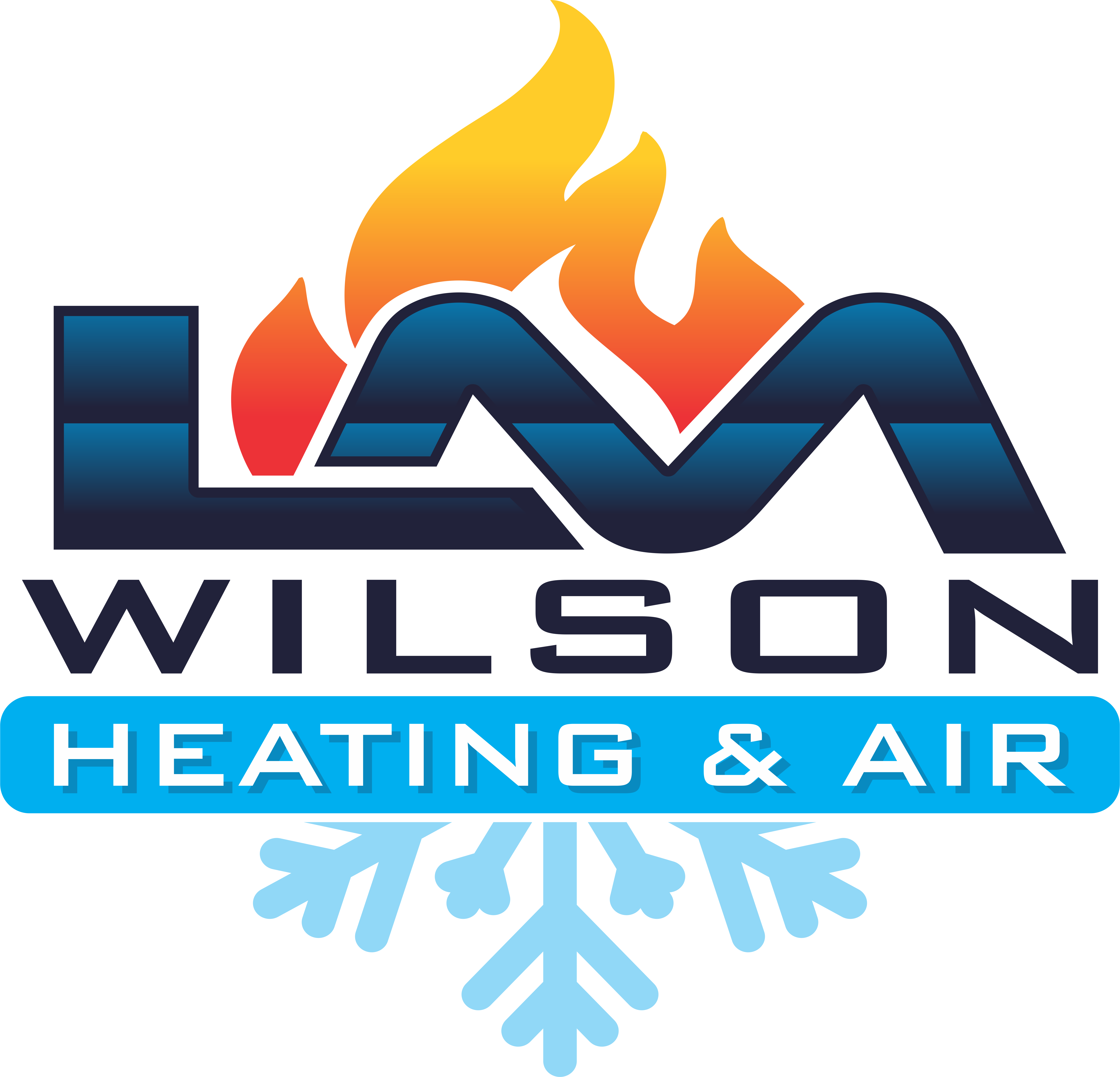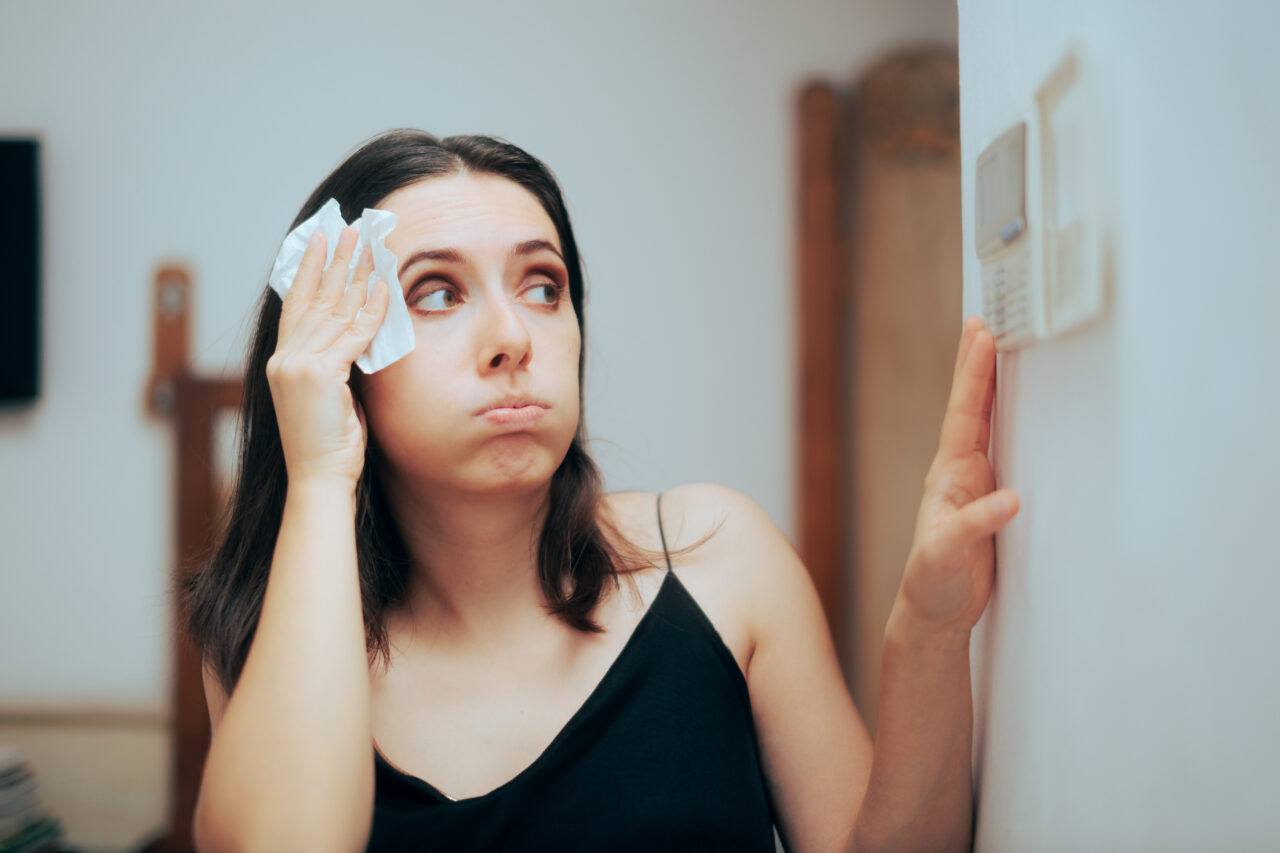The Southeastern United States is known for its hot, humid summers, where temperatures often soar into the 90s to 100s, and the humidity can feel downright oppressive. In this kind of climate, a well-functioning HVAC system is not just a luxury; it’s a necessity. For homeowners with a dual-zone HVAC system, there’s a significant advantage in managing the indoor climate more precisely, offering enhanced comfort and efficiency. But to truly make the most of your dual-zone HVAC system during the Southeastern summer, it’s essential to understand how to optimize its settings, maintain the system properly, and make energy-efficient choices.
This blog will guide you through the best practices for maximizing your dual-zone HVAC system’s performance, helping you stay cool and comfortable while also keeping your energy bills in check.
Understanding Dual-Zone HVAC Systems
Before diving into optimization tips, it’s important to understand what a dual-zone HVAC system is and how it functions. Unlike a traditional single-zone system that heats or cools your entire home to the same temperature, a dual-zone system allows you to divide your home into two separate zones. Each zone has its own thermostat, giving you independent control over the temperature in different areas of your home.
For example, you can keep the bedrooms cooler at night while allowing the living room to be warmer, or vice versa. This flexibility not only enhances comfort but also improves energy efficiency, as you can avoid wasting energy on cooling or heating areas of the home that are not in use.
Tip 1: Properly Set and Adjust Your Thermostats
The key to getting the most out of your dual-zone HVAC system is to properly set and adjust the thermostats in each zone. Here are some tips on how to do this effectively:
Consider Your Home’s Layout
Think about how you use different areas of your home throughout the day. In the Southeastern summer, the sun’s intensity can cause certain rooms to heat up more quickly, particularly those with large windows or that are on the upper floors. Set your thermostat in these areas slightly higher during the day to prevent the system from overworking. In contrast, lower the thermostat in rooms that you frequently use during the hottest parts of the day to maintain comfort.
Utilize Programmable Thermostats
Most dual-zone systems come with programmable thermostats, which can be a game-changer in terms of efficiency. Program the thermostats to raise the temperature when you’re away from home or during cooler parts of the day, and lower it when you’re typically using the space. In the Southeast, this might mean setting the thermostat to cool the living areas in the late afternoon when temperatures peak and reducing the cooling in the bedrooms until later in the evening.
Avoid Extreme Temperature Differences Between Zones
While it’s tempting to set one zone to a very cool temperature and another to a much higher one, this can cause your system to work harder and lead to inefficiencies. Instead, aim for a gradual difference of 5-7 degrees between zones to keep your system running smoothly without unnecessary strain.
Tip 2: Regular Maintenance is Crucial
Your dual-zone HVAC system needs regular maintenance to perform at its best, especially during the demanding summer months. Here’s what you should focus on:
Change Air Filters Regularly
In the Southeastern summer, your HVAC system works harder to keep your home cool, which means the air filters can become clogged more quickly with dust, pollen, and other particles. A dirty filter not only reduces airflow but also forces your system to work harder, increasing energy consumption and wear on the system. Check and replace your air filters every 30-60 days during the summer to maintain optimal performance.
Schedule Professional Tune-Ups
Routine maintenance by a professional technician is essential to keep your system running efficiently. During a tune-up, the technician will inspect and clean the system’s components, check refrigerant levels, and ensure that everything is functioning properly. For dual-zone systems, they’ll also verify that the zoning controls are working correctly. It’s recommended to schedule a tune-up before the peak of the summer season to ensure your system is ready to handle the heat.
Inspect and Clean Vents and Ducts
Blocked or dirty vents and ducts can impede airflow, making your HVAC system less effective. Periodically inspect your vents to ensure they’re open and unobstructed by furniture or other items. Additionally, consider having your ducts professionally cleaned every few years to remove any buildup of dust and debris that could affect system performance.
Tip 3: Enhance Energy Efficiency
Maximizing the efficiency of your dual-zone HVAC system during the Southeastern summer not only keeps you comfortable but also helps to reduce energy costs. Here are some strategies to enhance efficiency:
Use Ceiling Fans to Supplement Cooling
Ceiling fans are an excellent complement to your HVAC system. By circulating the air, they help maintain a more consistent temperature throughout each zone, allowing you to set your thermostat a few degrees higher without sacrificing comfort. Just remember to turn off fans when you leave the room, as they cool people, not spaces.
Seal Windows and Doors
Air leaks around windows and doors can cause your HVAC system to work harder to maintain the desired temperature. Inspect these areas for gaps and seal them with weatherstripping or caulk as needed. For added efficiency, consider installing energy-efficient windows or window treatments like blackout curtains or shades to block out the sun’s heat.
Use Energy-Efficient Settings and Equipment
If your HVAC system is older, upgrading to a newer, more energy-efficient model can lead to substantial savings. Look for systems with a high SEER (Seasonal Energy Efficiency Ratio) rating, which indicates better energy efficiency. Additionally, if your dual-zone system includes a smart thermostat, use its energy-saving features, such as learning your schedule and adjusting temperatures automatically when you’re away.
Tip 4: Treat Each Zone Differently
While efficiency is important, comfort should also be a top priority. Here are some tips to ensure each zone in your home remains comfortable during the Southeast’s hot summer:
Consider Zoning for Specific Needs
In some cases, further dividing your home into additional zones might be beneficial. For example, if you have a home office or a frequently used guest room, it might be worth setting up a separate zone for these spaces to maintain optimal comfort without affecting other areas of your home.
Adjust for Humidity Control
The Southeast is notorious for its high humidity, which can make even moderate temperatures feel unbearable. Many modern HVAC systems include a dehumidification feature that can help remove excess moisture from the air, making your home feel cooler and more comfortable without needing to lower the thermostat drastically. If your system doesn’t have this feature, consider using a standalone dehumidifier in problem areas.
Take Advantage of Natural Ventilation
During the cooler parts of the day, typically early morning or late evening, you can give your HVAC system a break by using natural ventilation. Open windows and doors to let in cooler air, especially if there’s a breeze, and use fans to circulate it throughout your home. Just be sure to close them once the outdoor temperature rises to avoid letting in heat.
Tip 5: Monitor and Adjust Your System
To get the most out of your dual-zone HVAC system, it’s important to regularly monitor its performance and make adjustments as needed:
Keep an Eye on Energy Bills
One of the best indicators of how efficiently your system is running is your monthly energy bill. If you notice a sudden spike in costs without a corresponding increase in usage, it might indicate that your system is struggling or that there’s an issue, such as a refrigerant leak or a problem with the zoning controls. Addressing these issues promptly can prevent further damage and reduce costs.
Use Smart Technology for Monitoring
Many modern dual-zone HVAC systems can be integrated with smart home technology, allowing you to monitor and control your system remotely. Smart thermostats can learn your habits and adjust the temperature accordingly, while some systems even offer diagnostics that alert you to potential issues before they become serious problems.
Respond to Changing Weather Conditions
Summer weather in the Southeast can be unpredictable, with sudden storms or heatwaves that can impact indoor comfort. Be proactive in adjusting your thermostat settings and zones based on the day’s forecast. For example, you might need to lower the thermostat during a heatwave or adjust settings if there’s an unexpected drop in temperature after a summer storm.
A dual-zone HVAC system offers tremendous benefits, especially in the hot, humid summers of the Southeastern United States. By understanding how your system works, maintaining it properly, optimizing settings, and making smart choices about energy use, you can stay cool and comfortable all season long while keeping energy costs in check.
Remember, the key to maximizing your dual-zone HVAC system lies in regular maintenance, smart thermostat management, and efficiency-enhancing strategies. Whether you’re spending the summer at home or away on vacation, taking these steps will ensure that your system performs at its best, providing reliable comfort throughout even the hottest days of the year.


